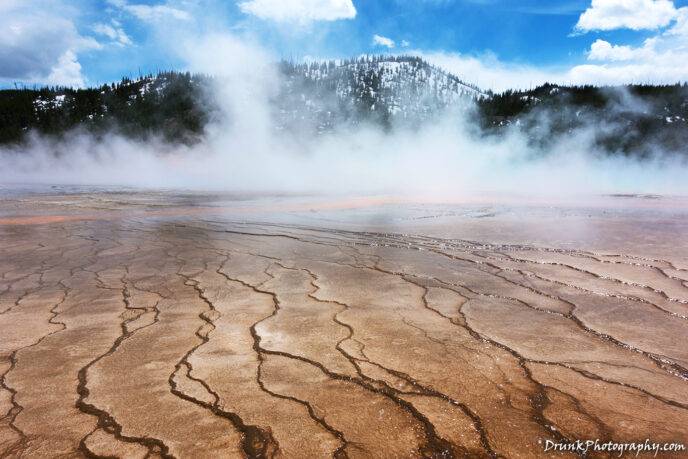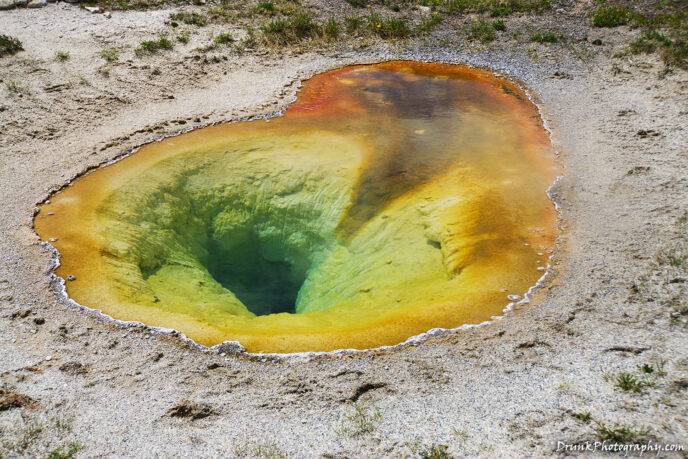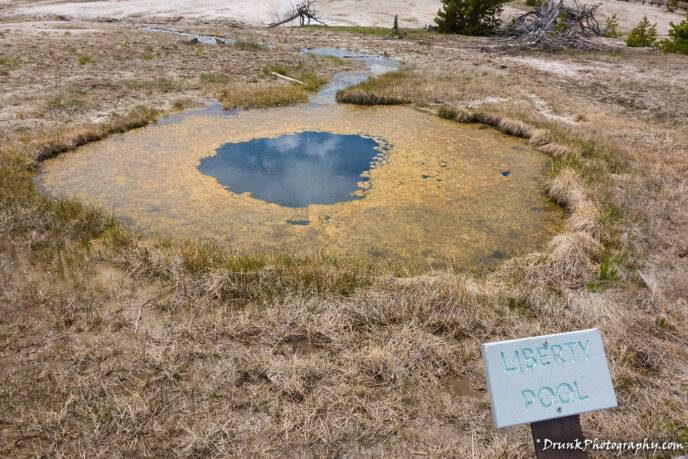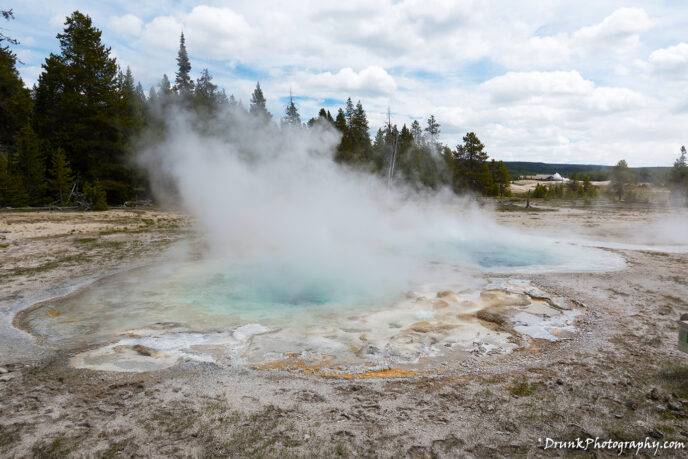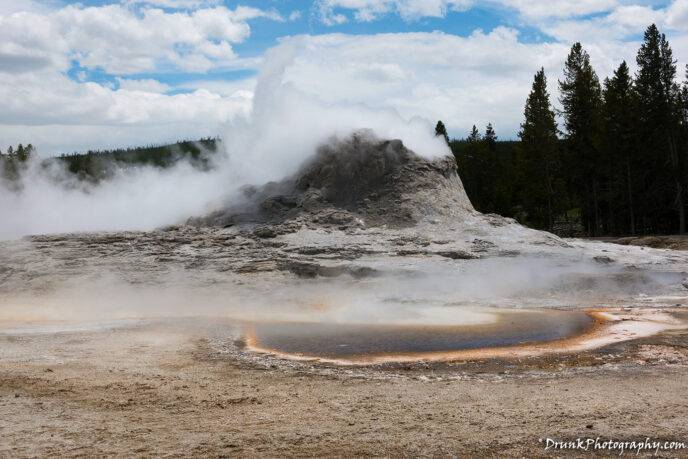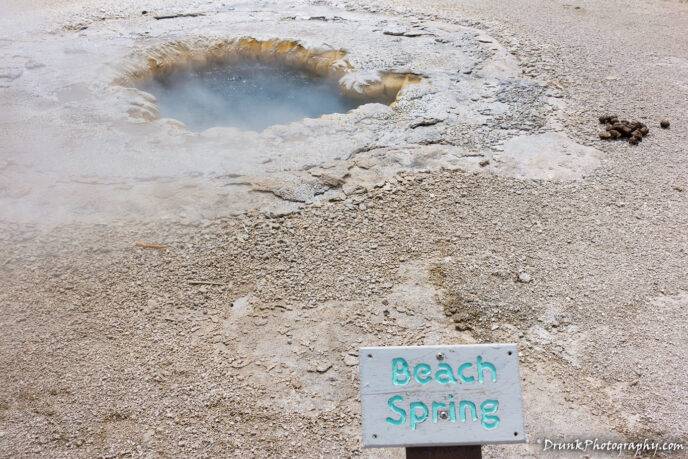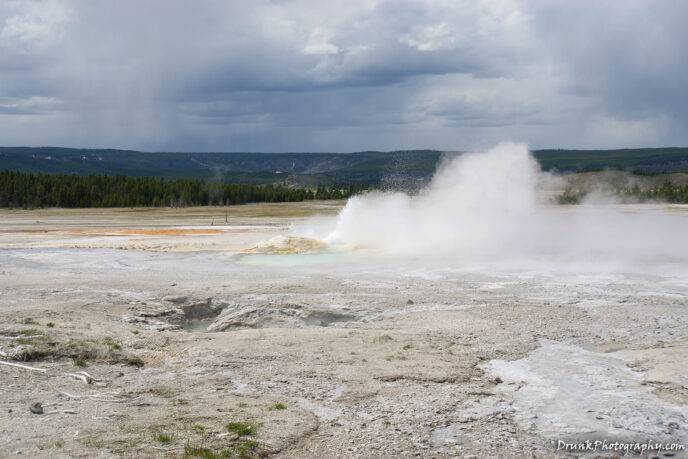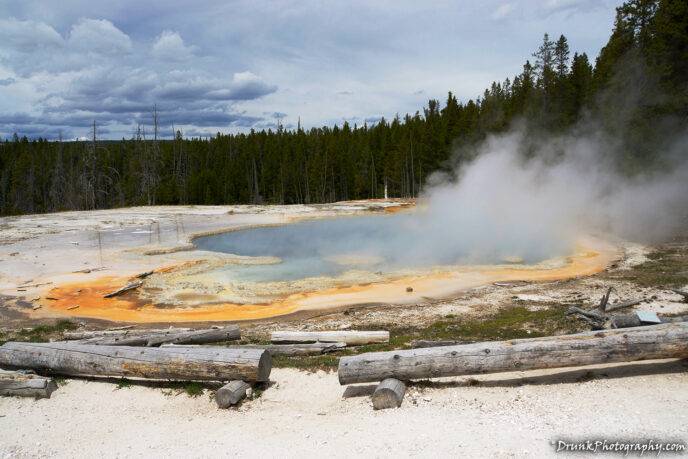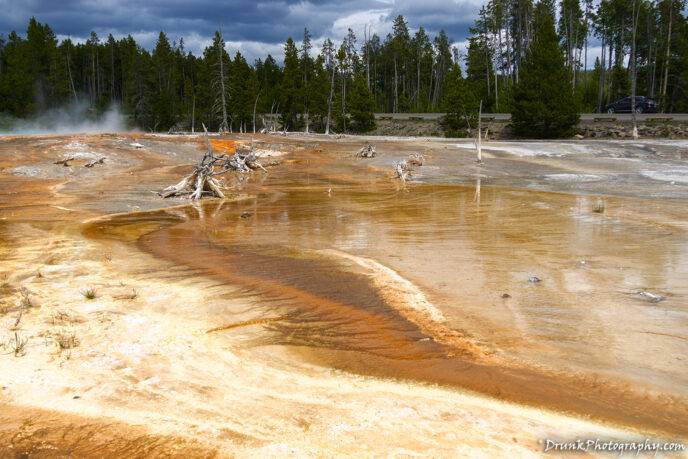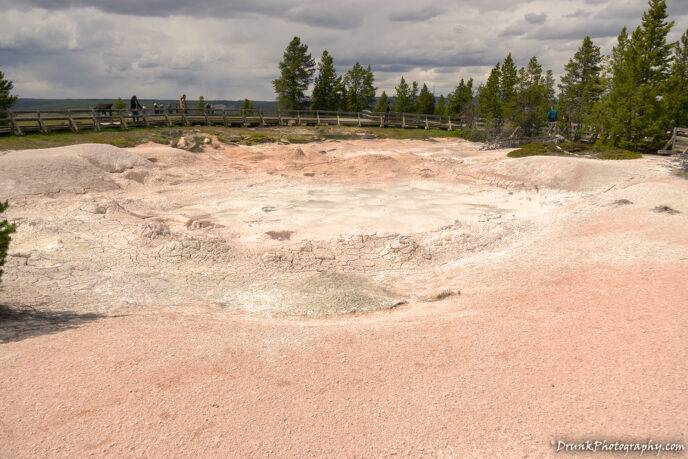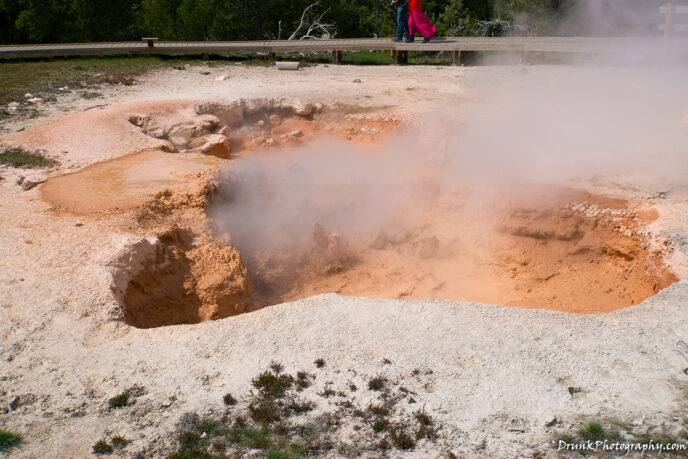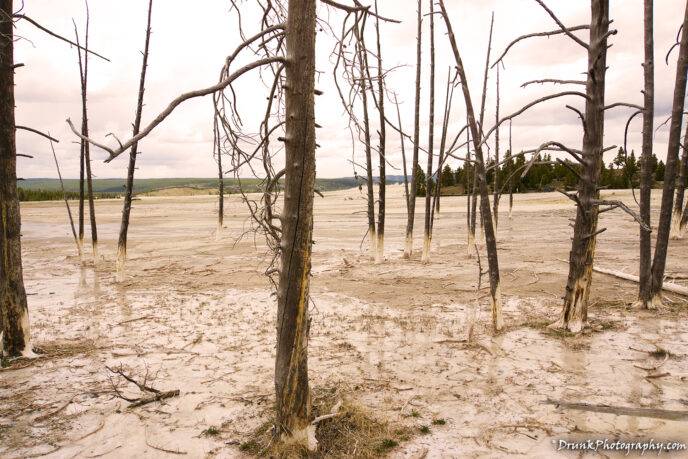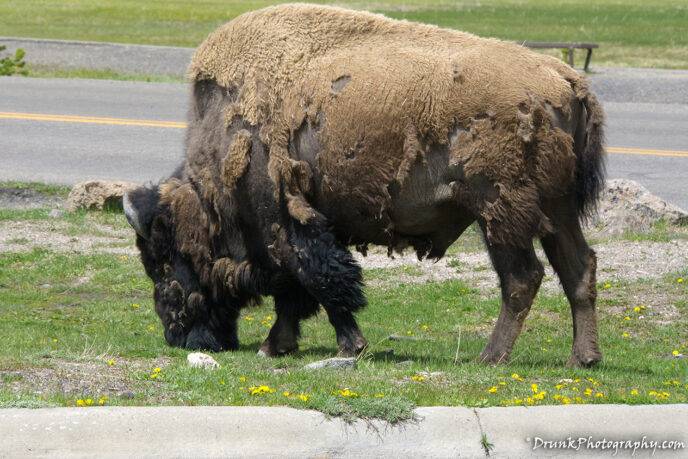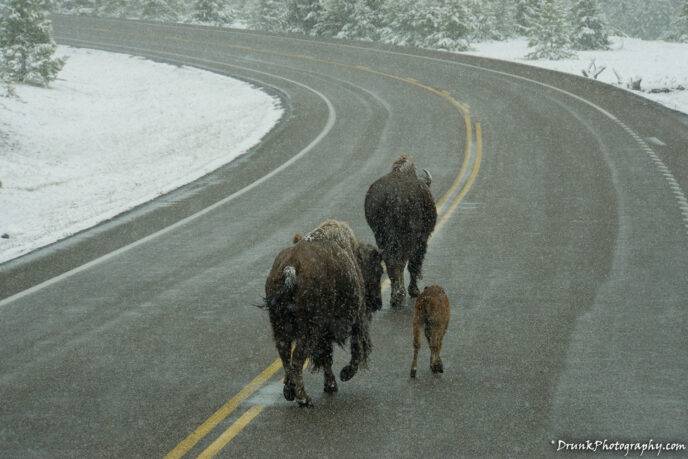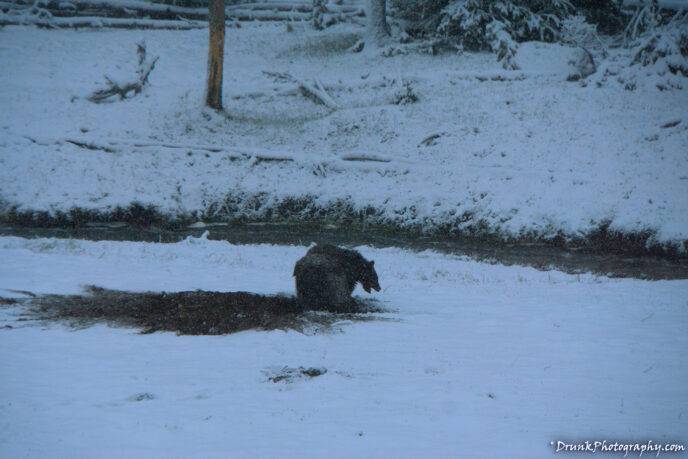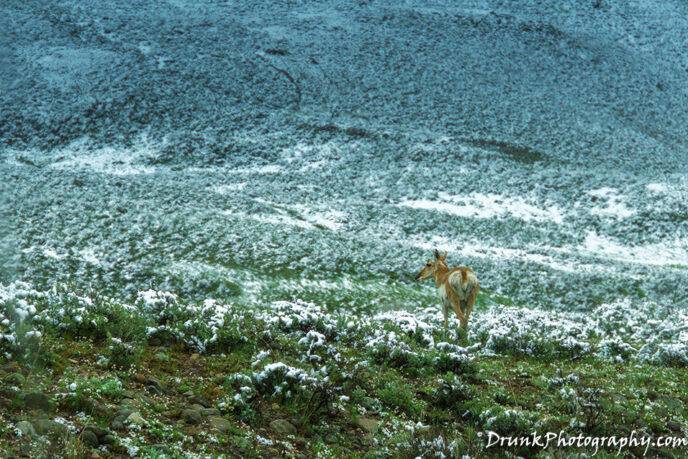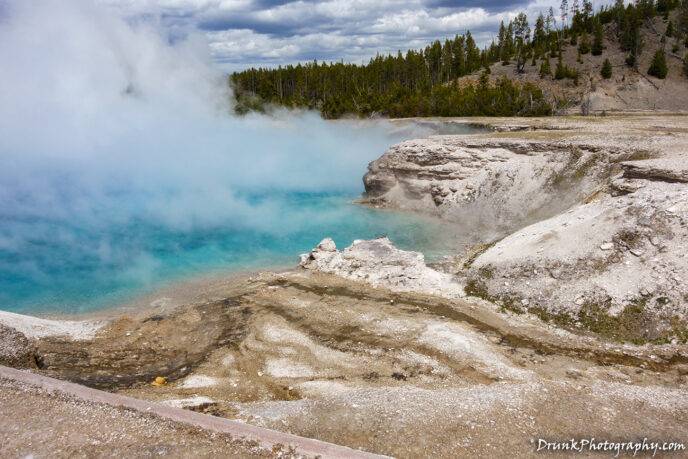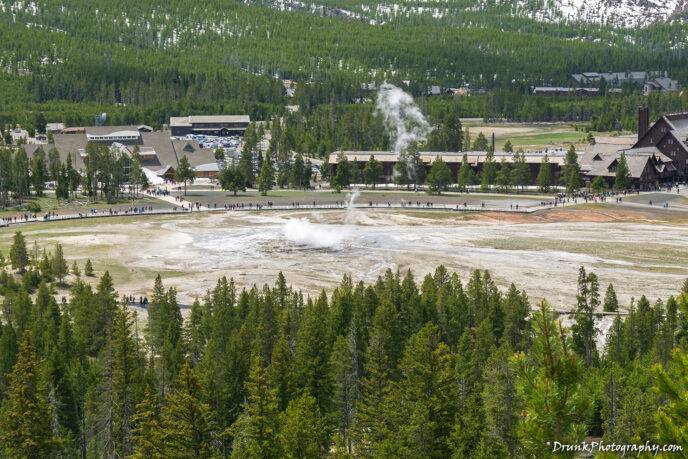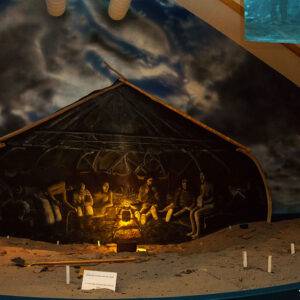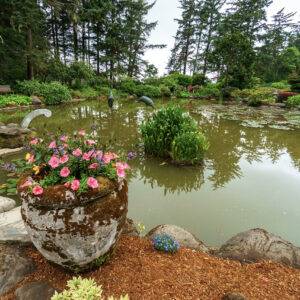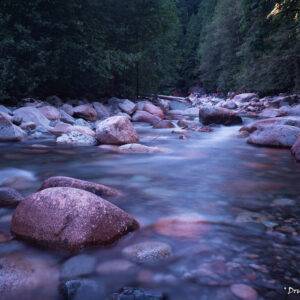Yellowstone: A must see
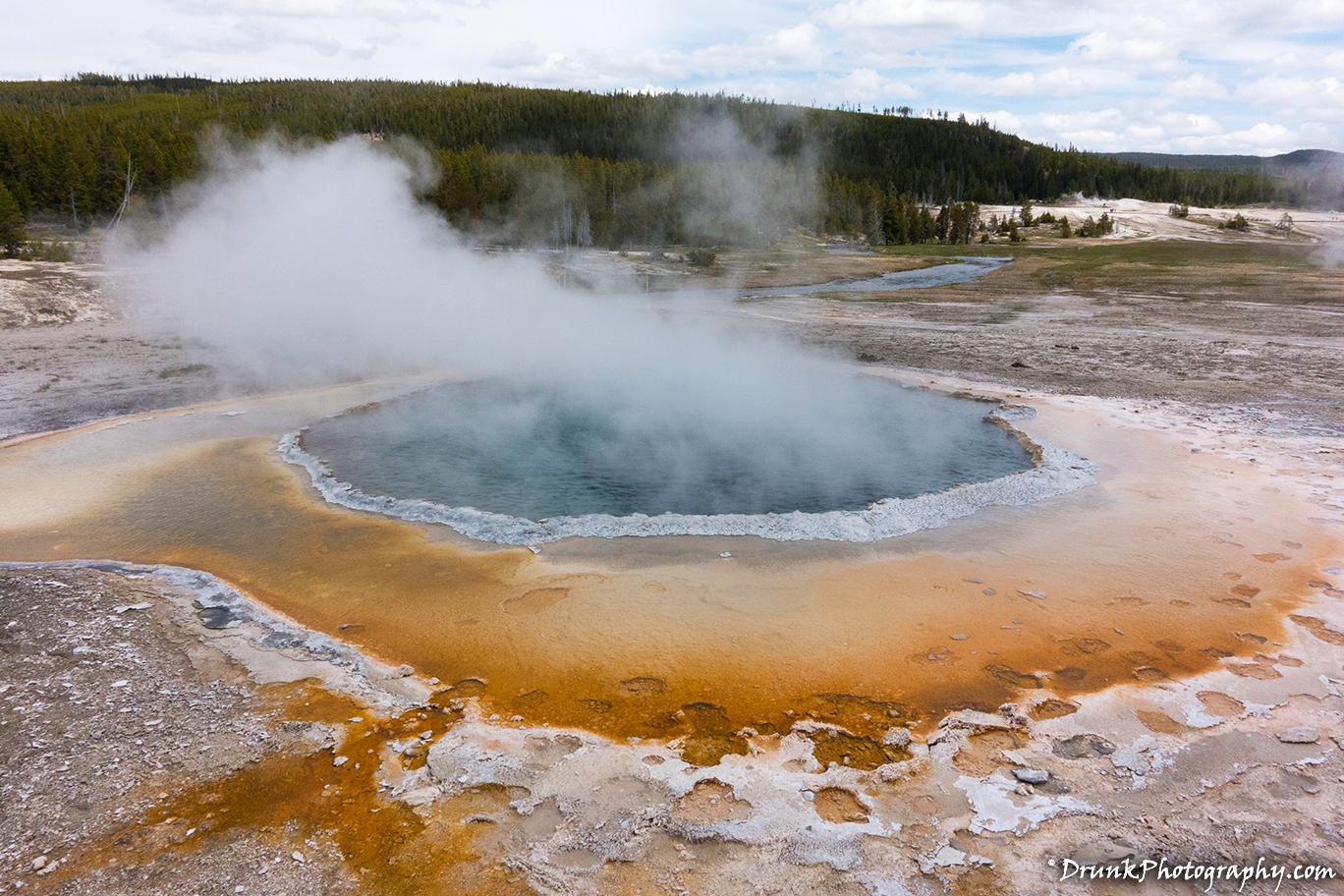
Yellowstone National Park
I had always wanted to go to Yellowstone National Park, but as always, when I wanted to get other people to come with me, nobody wished to spend their free time exploring the wonders of nature that exist in Yellowstone. I had seen many pictures of Yellowstone and wanted to get to a point where I could take a good 2 weeks out of my schedule to tour the Western part of the USA. I had never really been to this area at all, I normally do the Pacific North West like here or here and fly over this area that contains Yellowstone because I never really knew there was anything of worth in them. It is not only ME who thought this way, we actually call these states that we don’t consider “of interest”, the “Fly-over states”. It’s a real thing and just clicking that last link you can see the people they describe as the people who think this way, and you’ll see the total population of New York City! So, it just happens that Yellowstone National Park is located in Fly-Over states. You can understand now why it is hard to get people to want to go.
After hitting Yellowstone, starting out at 6am and not quitting until last evening, I later realized that I had NO IDEA how must land was covered until I looked at my Google Maps, which missed quite a few places because GPS is not going to work in many places there. I had to prepare locations on the map and download the offline copy of Google Maps to know where I was. Due to lack of GPS, when I did this trip to Yellowstone, I didn’t pay too much attention to where exactly everything was, STATE-wise. I just wanted to hit up the target places that I know a lot of people talk about, and see a few others that nobody talks about. In doing that, you end up going from State to State because Yellowstone is not located in 1 state, it is a national park that is 3,472 square miles which is 87 km (54 miles) East-West by 101 km (63 miles) North-South, and spread out between 3 states: Montana, Idaho and Wyoming. Wyoming holds over 90% of the park and Montana and Idaho hold single digit percentage of the acres.
So when I was on the way to the entrance of the park, I was just leaving Jacksonhole, Wyoming, and a short distance North was the entrance to Yellowstone. But when I got to what was labeled West Yellowstone, the GPS said I was in Idaho! And when I saw the signs for Custer Gallatin National Forest, that put me in Montana! So this park was much more huge than I could ever imagine. You really have to plan how you are going to move in a place like this because I was headed to the Crow Nation’s reservation area, in Montana. Without a proper plan of attack, I easily could have wasted the whole day and not seen anything. I ultimately ended up entering all 3 fly-over state entry points in each state! Awesome! Eh technically there are 5 entrances total but we’re talking about state-wise. You really need to check the news when in this place because you can have sudden closures at any time, especially if you were doing as I was, going toward Cooke City. It’s always being closed due to snowstorms.
A photographer helped set Yellowstone in motion/ Settlers almost ruined it entirely
The 18th President of the USA, Ulysses S. Grant, declared Yellowstone a national park, in 1872, which makes it the first “National Park” in the world. The area was surveyed by famous explorer Ferdinand Vandeveer Hayden who brought along a photographer/artist named Thomas Moran. Both were commissioned by the US Government, at the time. Moran was extremely skilled and created many sketches/painting of all of the natural wonders of Yellowstone, and has his work publicized to Congress, there was no turning back for the European Settlers and descendants. President Grant only needed 2 days, after seeing the works of Moran to be convinced. They were 100% in on securing Yellowstone for themselves. There were clearly multiple Indigenous America tribes who occupied Yellowstone (e.g., Blackfeet, Cayuse, Coeur d’Alene, Bannock, Nez Perce, Shoshone, and Umatilla) way before European Settlers came in, which was documented since the 1400s, but you know how they were treated by the Settlers who colonized the USA. Horses being introduced to the country also helped them travel further away from the area, so that also diluted the populations in the areas. Still, over 26 different tribes claim the land that is Yellowstone, despite it being a US National Park.
Americans used to say that no Indigenous people were in the area, thus there was no dispute over Settlers taking complete ownership of Yellowstone National Park because Indigenous Americans were ALL scared of the geysers, grizzlies, thermal heat and evil spirits/ghosts in the area of land, and they just self-evacuated. The European Settlers made up all of these lies to hide that fact that they were the ones who forced the Indigenous Americans out of the lands, onto reservations where they would receive forced-Welfare, and Yellowstone was stolen from the Indigenous tribes, and everything in it renamed to “English” names. As the area became more white-washed, the Indigenous peoples didn’t bother to return. This was helped along by the disgusting nature of the many of the Settlers who took over the area of Yellowstone. Sure, the Government claimed the area but it didn’t enforce anything in the area well. All of these desperate and dirty poachers, vandals, de-foresters, etc almost destroyed every aspect of the park. They were destroying all of the nature and wildlife in the park from the 1871 to 1886! So, the Government enlisted the US Army to take over the park and run it in 1886, which took them a DECADE to remove most violators, until the Government created the National Park Service to take over in 1918. The Settlers took to Yellowstone and damn near destroy it immediately, not surprising given the history of many Settlers in the USA’s beginnings.
Naturally Artistic Geology
Another reason people don’t like to go to Yellowstone is because they’re scared of the environment. They’re scared of how much walking one was to do to see everything, with elevations from 1,524 meters to 3,658 meters ( 5,000 feet to 12,000 feet), the eruptions of over 300 geysers, and the fact that up to 3,000 earthquakes are experienced a year!!!! 😳 For the most part, the science on Yellowstone is known and it’s to a point where the park knows that the a geyser like “Old Faithful” is going to erupt every 92 minutes, almost to clock every time, shooting water 200 feet! It used to go over every 60 minutes but earthquakes have skewed the numbers due to shifting of earth. It went off exactly when they predicted it would so I knew when to be back to that area by to see it! I was impressed. But that thought that Yellowstone could blow and kill just about everyone in the USA, that actually is TRUE, unfortunately. That is because there IS a super-volcano in Yellowstone that can kill most of the county of the USA. Check the possible blast radius.😳 You just NEVER know with Yellowstone. I hope no one got turned off. LOL There are over 10,000 hydro-thermal fumaroles, geysers, hot springs and mud pots in the park so you just never know what might pop. I saw people scattering when holes in the earth suddenly started blowing, especially when the mud pits started blowing because people were afraid it would spray mud on their clothing.
Going other locations sections to avoid crowding
If you go, you need to be realistic about your goals of what you want to see. You have Upper, Middle and Lower geyser areas so they don’t all look the same and they’re not all in the immediate area of old faithful. That was a mistake I made, not properly laying out where everything was and just assuming that everything was in 1 spot. You’ll need to get to all of it and not everyone is as aggressive as I am about these things I traveled the country to finally get to see. You might want to break down this trip into multiple day trips. The park is huge and you want to see as much as possible. Now, with that being said, when I see most of my friends’ pictures from the park, it is mostly centered on Old Faithful’s immediate area which is like 10 steps from the damn visitor center. People are LAZY and don’t really want to do anything but see Old Faithful and then go back to wherever they came from. I heard people say “when you see 1 geyser you’ve seen them all”. That’s not true in Yellowstone. There is a LOT of stuff to see that is not just Old Faithful. Yellowstone has bike lanes through it, seriously you have no excuse NOT to do at least the whole area where old faithful is.
If you get time to make it all over, you can see some crazy mud pots or painting pots, with bubbling mud, which is fascinating. If you look and listen to the landscape, there are steam hissing coming out of the ground which is what are known as fumaroles. It’s a combination of the steam, CO₂, H₂S shooting up from cracks in the burning hot rhyolite (volcanic rocks), through channels under the surface with boiling water in it. Water hitting those burning rocks creates that steam you see, and pressure through the channels shoots that steam out. What makes this even more weird is that there are these bacterial microorganisms called Thermophiles, that absorb the gases and convert the gasses into sulfuric acid (that’s why it smells like heavy sulfur there) and that acid chemically breaks down the rhyolite into the clay mud you see! Amazing!!!
Wildlife scattered about
People like Buffalo Bill (aka William F. Cody) were known for killing all of the Buffalo (now called ‘Bison’) he could find, thousands of them, as a strategy to get the Indigenous Americans to vacate areas that the European Settlers wanted to steal from them. Indigenous people relied heavily on the Bison, so eliminating them would make a whole tribe desert and area, and it worked as a land-grab strategy in the 1800s. So, it is surprising that there are even any Bison left anywhere in the USA. Yellowstone boasts the only real population of Bison that have existed there since pre-historic years, and have not left. this is why they are all over the place. They just come up around your car like it’s nothing, they are very comfortable with humans- go to up to them though because you can get killed. They are HUGE! They easily tower over the typical sedan and they block the damn roads for miles to come. You should expect this if you go out to the North-most parts of Yellowstone, heading towards Montana.
They do not scare, you can honk the horn, they’re completely immune to any sense of urgency on your part. They all look like they’re high when they look back at you and don’t move when you “shoo” them away. That are about 6,000 Bison in Yellowstone mostly due to the creation of the National Park Service/US Army riding the park of those early Settlers and setting up the laws for protecting the park after getting rid of the Settlers. Settlers just about killed the Bison off everywhere else. I saw a bunch of other kinds of wildlife, although briefly because they scatter when humans come, but next time, I’m going total Safari up in there! Yellowstone boasts the following:
- 67 species of mammals, including seven species of native ungulates and two species of bear
- 285 species of birds (150 nesting)
- 16 species of fish (five nonnative)
- More than seven aquatic invasive species (three having significant detrimental effect)
- Five species of amphibians
- Six species of reptiles
- Two threatened species: Canada lynx, grizzly bears
I hope that I convinced any of you to want to go to this area of the USA on your next visit to the country, or just your next big trip you take to get away from annoyances where you live. Yellowstone IS a treasure for those who like to hike, photograph, love geology, love nature, love animals… it has everything you need and you can do this for DAYS without seeing the same thing over and over. Now, I say, to not have the same experiences as everyone else, go in LATE FALL or EARLY SPRING. Why? You get less crowds but also the Winter is just letting up and a lot of the threats of snow are over. You can still get a chance of light snow, but that helps change the landscape entirely and then so does the wildlife!
It looks crazy out there when there is snow on the ground. If you go and it’s too deep into Winter, many parts of the park might suddenly get closed on you. Summer is awesome too, don’t get me wrong, but there are TOO many people in the way. I almost got knocked into the bacterial mats by some moron who was doing stupidity with a selfi-stick- who fell into the bacterial mats face first and emergency services had to check him out. You go when I suggest, you will get almost uninterrupted pictures of the landscapes with not many people to photoshop out of your pictures! You’ll run into problems with people where the Grand Prismatic Spring is, for sure, though, can’t avoid this because the walkways are tiny as hell and nobody is looking at the scenery, they’re looking at their huge heads in the scenery with selfie-sticks. People with really large heads tend to gravitate towards that area, and a lot of large noggins got in my pictures. 😆 Other than that, I’m serious, I barely even used photoshop to erase people because there were no people in my way for 90% of what I went to. Do the trails and you’ll find less and less people on them because you can get a good workout on the trails, which means less people will go there. The park has a steady increase of yearly visitors so it’s not because there are less visitors each year, I’m picking the more ‘interesting’ times go go. The first thing to do is immediately bypass the old faithful area and go somewhere else. I know people who waited 1hr 30 minutes in that 1 area waiting for it to blow and just wasted so much time, then they wanted to leave the park. Hike a short distance to the lookout point and watch old faithful from up there.
And if I failed to convince you, and you’re still too lazy, well here is the webcam series of the park which you can review from the comfort of your home.
As always, the finished products can be found on the main site of www.drunkphotography.com.

